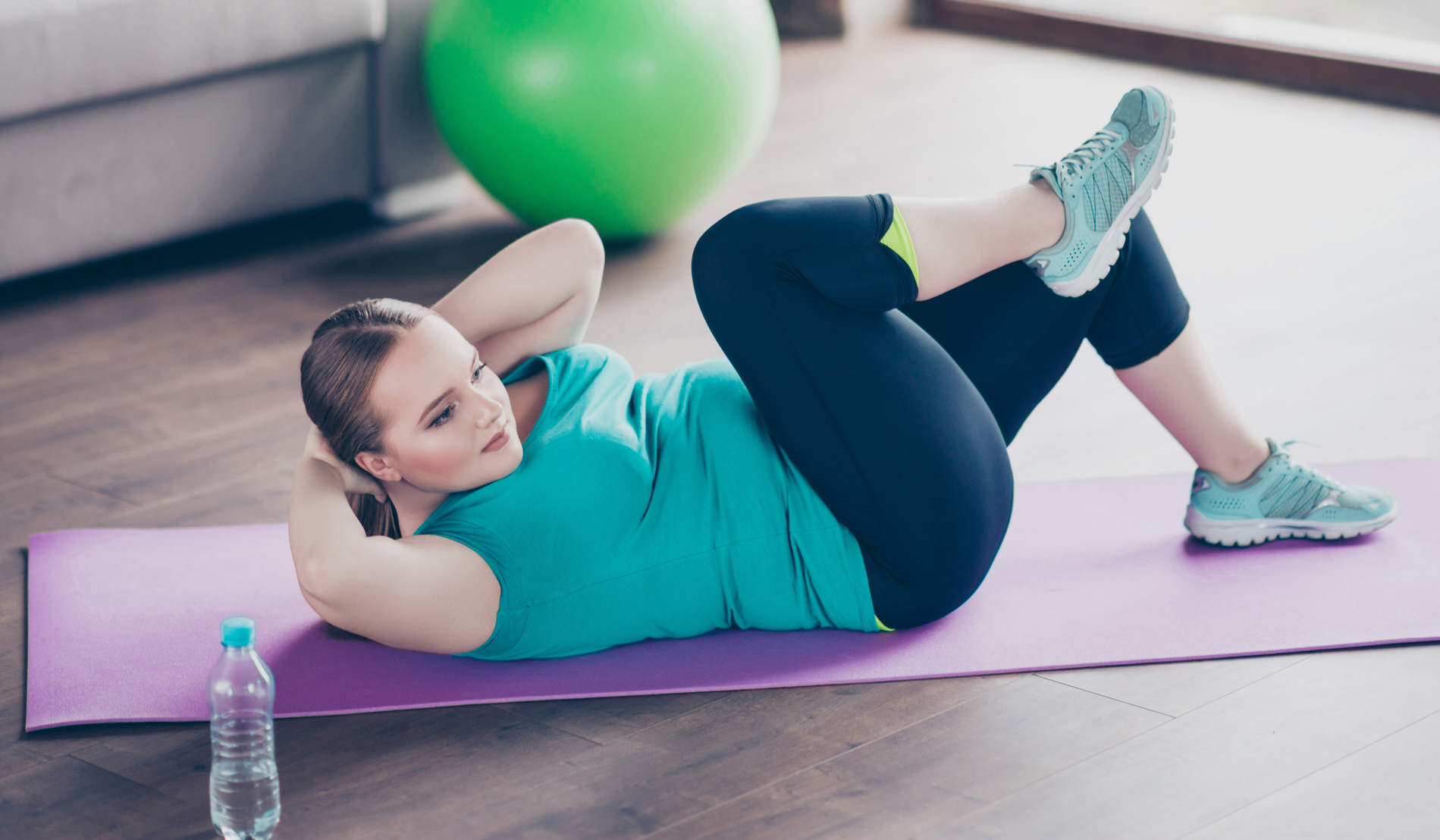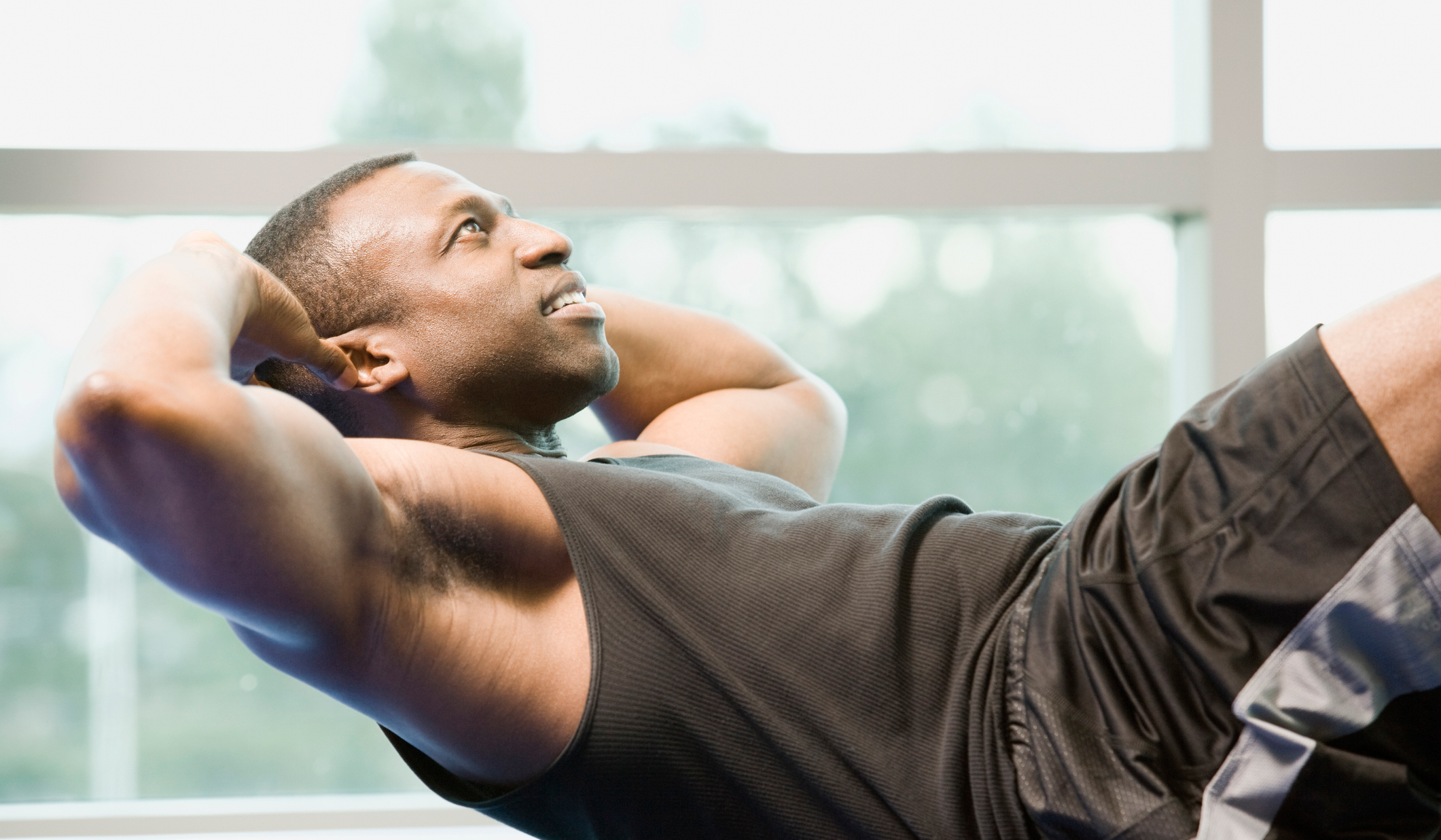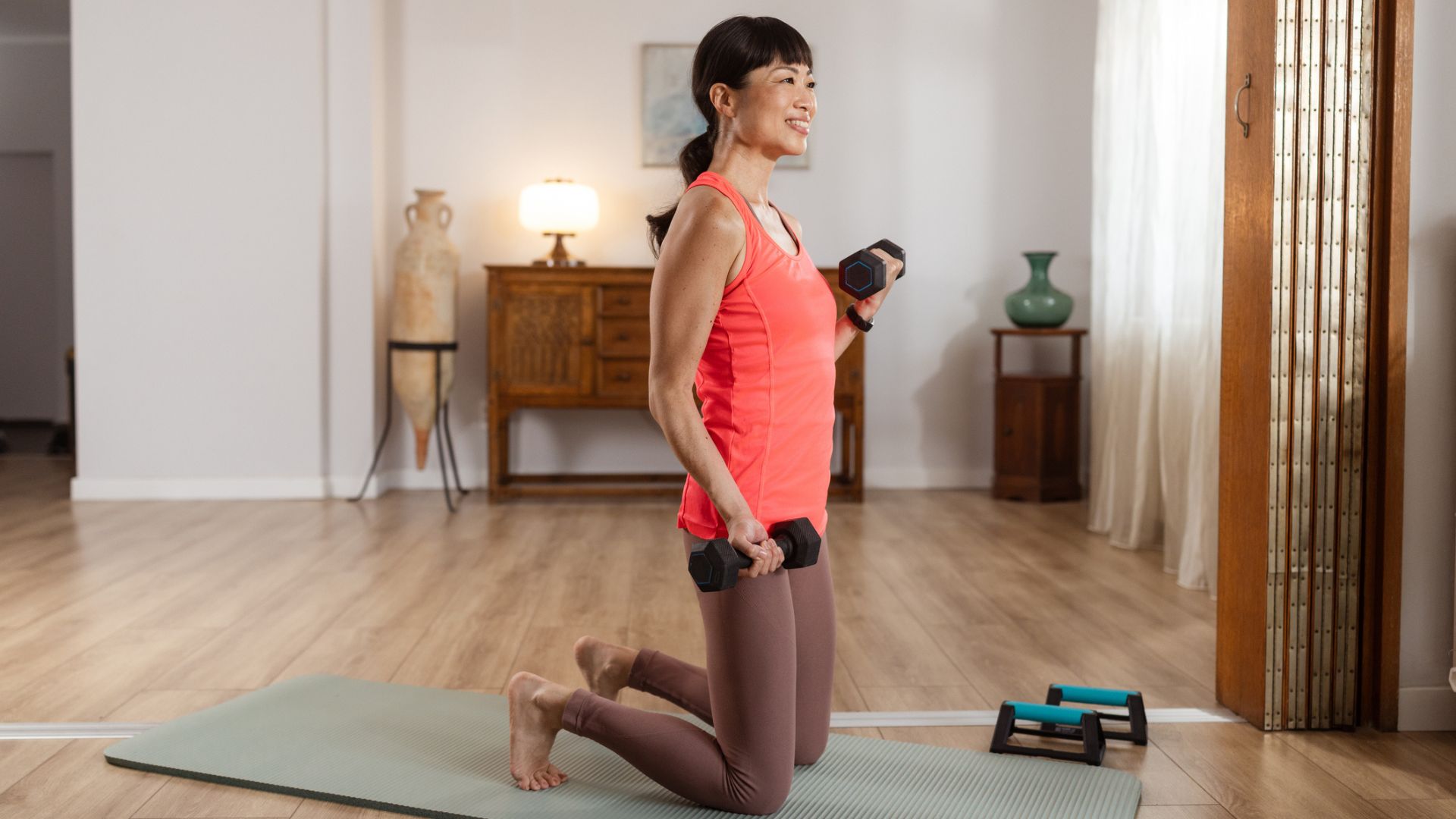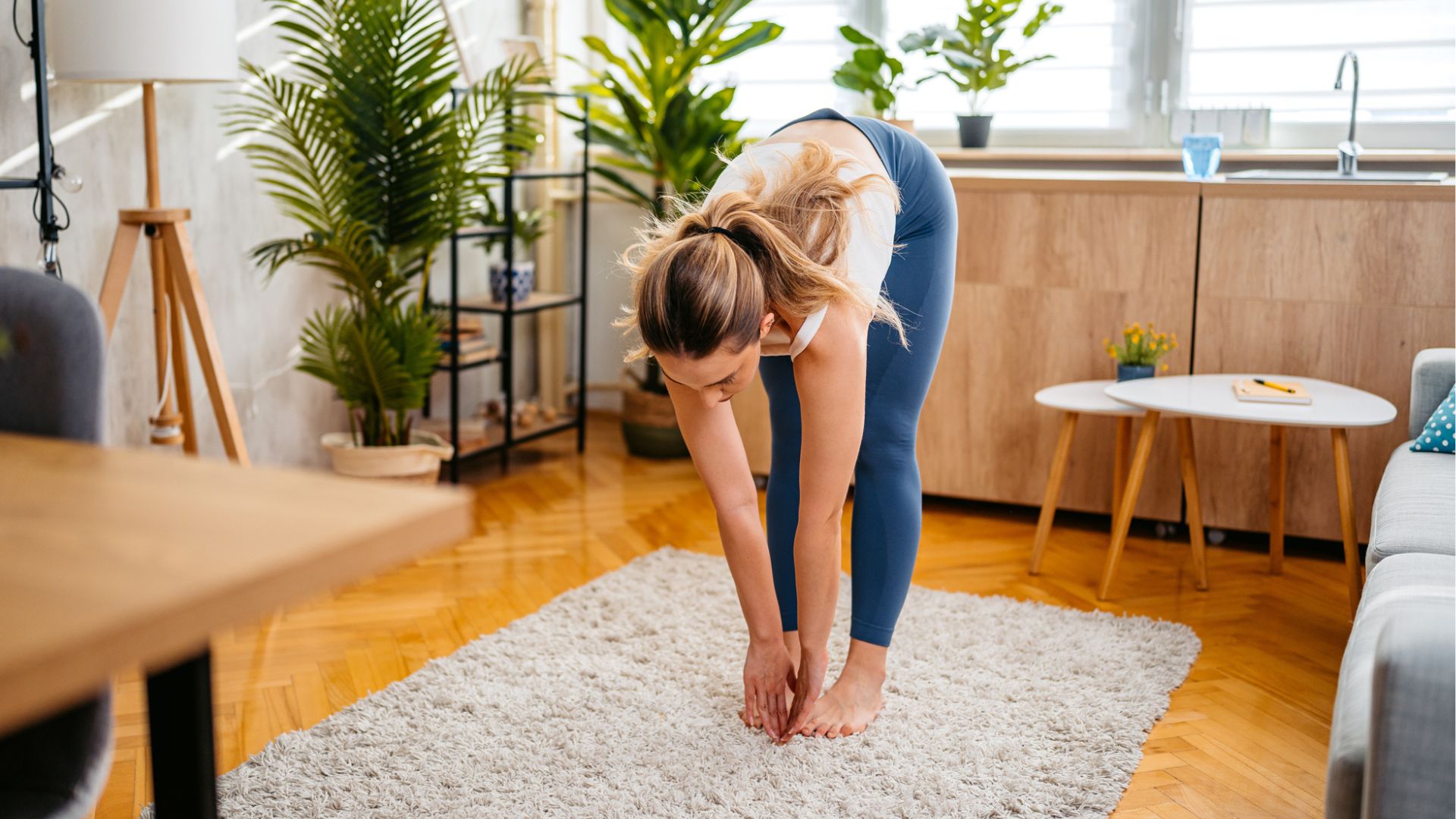Core strength: Science reveals the best exercise for your abs
A study by the American Council on Exercise reveals which move you should be doing to work your abs


When it comes to exercise, core strength is absolutely vital. It helps you keep good posture and run, sit, stand and squat comfortably. Good core strength is the foundation of functional fitness. If you're very fit, a good set of abs also looks great in the mirror too.
So whether you're looking to safeguard your mobility as you age, get fitter and healthier, or you're just after rock-hard abs, what's the best way to go about getting a stronger core? One research council looked into the most effective abdominal moves, examining muscle stimulation on participants performing popular abs exercises.
- Want visible abs? Here's how to lose weight on your stomach
- Get started walking to lose weight
In research for the American Council on Exercise, researchers at the Biomechanics Lab at San Diego State University ranked 13 common abdominal exercises by the level of electromyography-recorded stimulation in 30 participants. Among the exercises measured were the traditional crunch and reverse crunch, as well as exercises using equipment such as the exercise ball or "swiss ball" and ab roller.
It was eventually found the humble bicycle crunch was the exercise that generated the most muscle stimulation in the rectus abdominis (your "front abs"), according to the electromyography results. The bicycle crunch, which requires a contraction of both the upper and lower body in addition to a twisting motion, works the entirety of your core, including your obliques.
The full list of exercises which strengthen the rectus abdominus are as follows:
- 1. Bicycle crunch
- 2. Captain’s chair
- 3. Crunches on exercise ball
- 4. Vertical leg crunch
- 5. Torso Track
- 6. Long arm crunch
- 7. Reverse crunch
- 8. Crunch with heel push
- 9. Ab Roller
- 10. Hover
- 11. Traditional crunch
- 12. Exercise tubing pull
- 13. Ab Rocker

The best exercise for strengthening the obliques (or "side abs") is the Captain's Chair, a hanging leg raise exercise often performed with a bent knee, with the bicycle crunch not far behind.
Hanging leg raises are dynamic, challenging workouts requiring enough core strength to haul your legs upwards while gripping a bar overhead. This is why many gyms make this exercise easier by providing "Captain's Chair" equipment providing supports for your arms and back.
Get the Fit&Well Newsletter
Start your week with achievable workout ideas, health tips and wellbeing advice in your inbox.
The full list can be found below:
- 1. Captain’s chair
- 2. Bicycle maneuver
- 3. Reverse crunch
- 4. Hover
- 5. Vertical leg crunch
- 6. Crunch on exercise ball
- 7. Torso Track
- 8. Crunch with heel push
- 9. Long arm crunch
- 10. Ab Roller
- 11. Traditional crunch
- 12. Exercise tubing pull
- 13. Ab Rocker
Interestingly, one exercise conspicuously absent from this list is the plank. The plank is an "isometric exercise", or a move designed for your body to hold a position to test the muscle;s endurance.
Performed with proper form, the plank works your entire core, including both obliques and rectus abdominis. It would be interesting to know where the plank would place on the American Council of Exercise's list.
Liked this?
Matt Evans is an experienced health and fitness journalist and is currently Fitness and Wellbeing Editor at TechRadar, covering all things exercise and nutrition on Fit&Well's tech-focused sister site. Matt originally discovered exercise through martial arts: he holds a black belt in Karate and remains a keen runner, gym-goer, and infrequent yogi. His top fitness tip? Stretch.
-
 I’m a personal trainer and these are some of my favourite exercises to build core and upper body strength at home
I’m a personal trainer and these are some of my favourite exercises to build core and upper body strength at homeAll you need is a set of dumbbells for this kneeling workout
By Maddy Biddulph
-
 It only takes two minutes a day to build up the flexibility required to touch your toes, says a top mobility coach
It only takes two minutes a day to build up the flexibility required to touch your toes, says a top mobility coachMeasure, reach and repeat says Roger Frampton
By Sam Rider